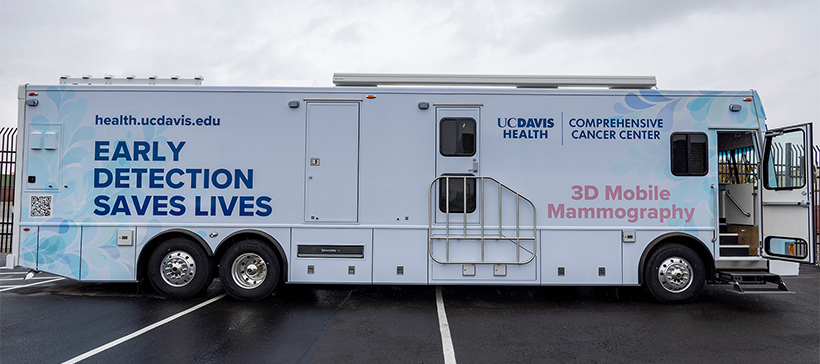Cancer Research at UC Davis
Population Sciences and Health Disparities

The Population Sciences and Health Disparities Program conducts impactful research aimed at preventing and reducing the burden of cancer. The program focuses on cancers and health disparities affecting communities across Northern and Central California, addressing the full cancer control continuum — from understanding cancer causes and promoting prevention, to improving screening, diagnosis, treatment, surveillance, and long-term outcomes.
Leveraging UC Davis’s unique strengths and its surrounding communities, the program seeks to discover etiological factors for cancer occurrence and advanced disease to mitigate health disparities. It also evaluates key determinants of health and interventions to improve cancer outcomes and guide evidence-based practice.
Membership Resources for Researchers
Involved in cancer research? Join UC Davis Comprehensive Cancer Center, the only NCI-designated comprehensive cancer center serving inland Northern California and the Central Valley. Collaborate with top researchers, access resources and contribute to our mission. Open to UC Davis faculty and LLNL researchers with a focused interest in cancer or related disciplines. Learn more about membership and resources.
-
Diana Miglioretti, Ph.D.
View profilearrow_forwardProfessor, Department of Public Health Sciences
Division Chief, BiostatisticsExpertise: biostatistics; breast cancer screening, diagnosis, and risk prediction; cancer risk from radiation exposure
-
Theresa Keegan, Ph.D., M.S.
View profilearrow_forwardProfessor of Medicine, Division of Hematology and Oncology
Expertise: cancer epidemiology; adolescent and young adult cancers; lymphoma; outcomes research; cancer survivorship
Shared Resources
UC Davis researchers have centralized access to specialized expertise, consultation, infrastructure, and equipment for cutting-edge research.
Grant Development and Submission
The Cancer Center Office of Grant Development offers full-service pre-award support for grant development, writing, and submission.
Education, Training and Career Development
The Office of Education, Training, and Career Development supports the career growth of cancer scholars across all academic levels.









